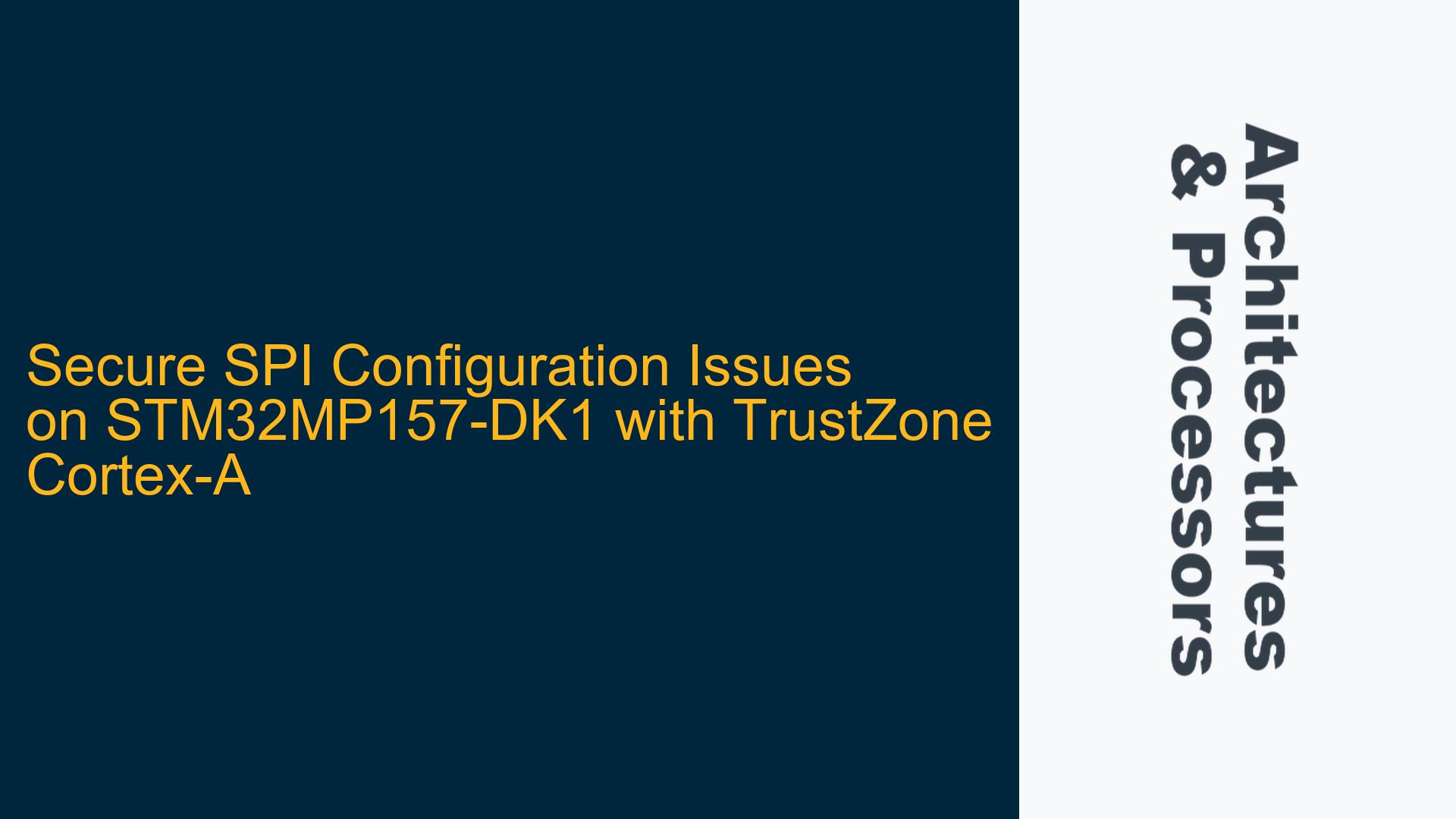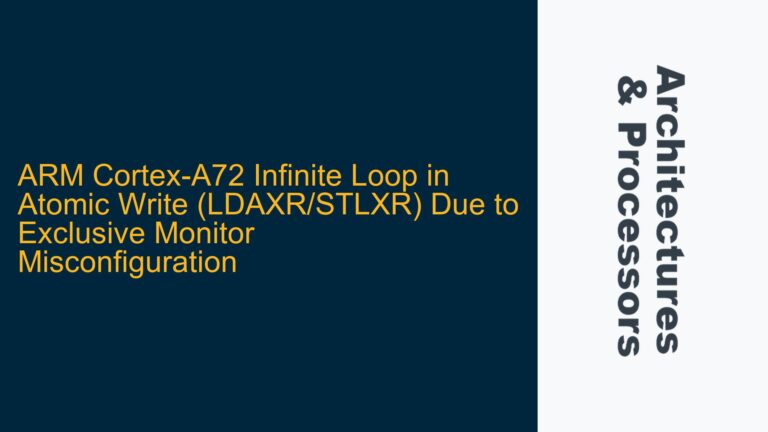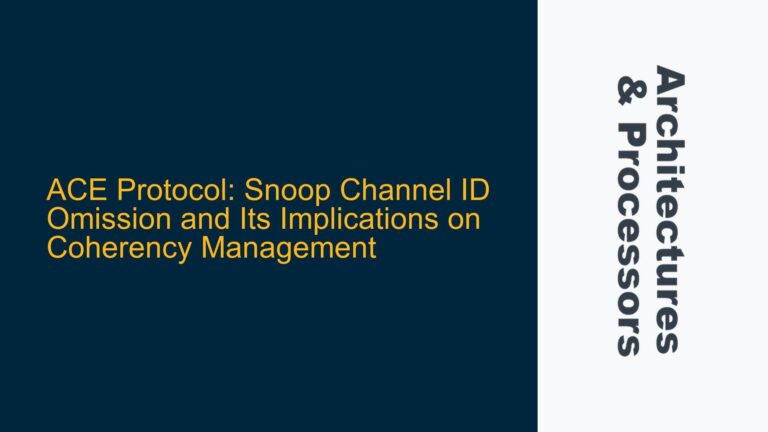Secure SPI Peripheral Activation Limitations on STM32MP157-DK1
The STM32MP157-DK1 development board, featuring an ARM Cortex-A processor with TrustZone security, presents a unique challenge when attempting to configure SPI peripherals for secure-side operations. Specifically, the board restricts secure-side SPI usage to SPI 6, which is not externally accessible. This limitation raises questions about the feasibility of activating other SPI peripherals (SPI 1 through SPI 5) in the secure side and the underlying reasons for this restriction.
The STM32MP157 microcontroller integrates multiple SPI interfaces, each designed to handle high-speed communication with external devices. However, the TrustZone security architecture imposes constraints on peripheral access to ensure secure and non-secure worlds operate independently. SPI 6 is designated as the only SPI peripheral available for secure-side operations, while SPI 1 through SPI 5 are either non-secure or require additional configuration to function in the secure world. This design choice is rooted in the hardware partitioning and security policies implemented by STMicroelectronics to align with TrustZone principles.
The inability to directly activate SPI 1 through SPI 5 in the secure side stems from the microcontroller’s memory mapping and access control mechanisms. Each peripheral is assigned a specific security attribute during the boot process, determined by the hardware and software configuration. SPI 6 is pre-configured to operate in the secure world, while the other SPI peripherals default to non-secure or require explicit reconfiguration. This partitioning ensures that sensitive data transmitted over SPI remains protected from unauthorized access in the non-secure world.
Memory Mapping and TrustZone Configuration Constraints
The root cause of the SPI activation issue lies in the memory mapping and TrustZone configuration of the STM32MP157 microcontroller. The TrustZone Address Space Controller (TZASC) and TrustZone Protection Controller (TZPC) play pivotal roles in defining the security attributes of memory regions and peripherals. These components enforce access restrictions based on the security state of the processor (secure or non-secure) and the configuration of the security attribution unit (SAU) in the ARM Cortex-A core.
SPI 6 is mapped to a memory region explicitly designated as secure, allowing it to operate seamlessly in the secure world. In contrast, SPI 1 through SPI 5 are mapped to regions that default to non-secure or require manual reconfiguration. This design ensures that only peripherals critical to secure operations are accessible in the secure world, minimizing the attack surface and reducing the risk of security breaches.
The STM32MP157’s reference manual and TrustZone implementation guidelines provide detailed information on peripheral security attributes and configuration options. However, the process of reconfiguring SPI 1 through SPI 5 for secure-side operations is non-trivial and involves modifying the microcontroller’s boot configuration and TrustZone settings. This complexity, combined with the potential for misconfiguration, likely influenced STMicroelectronics’ decision to restrict secure-side SPI usage to SPI 6.
Reconfiguring SPI Peripherals for Secure-Side Operations
To enable SPI 1 through SPI 5 for secure-side operations on the STM32MP157-DK1, developers must modify the microcontroller’s TrustZone configuration and memory mapping settings. This process involves several steps, including updating the boot configuration, reconfiguring the TZASC and TZPC, and ensuring proper synchronization between the secure and non-secure worlds.
The first step is to modify the boot configuration to assign secure attributes to the memory regions associated with SPI 1 through SPI 5. This can be achieved by updating the device tree or bootloader configuration to include the necessary security settings. Developers must ensure that the secure and non-secure worlds are properly synchronized to avoid conflicts or unauthorized access.
Next, the TZASC and TZPC must be reconfigured to enforce the new security attributes. This involves setting the appropriate access control registers and ensuring that the secure world has exclusive access to the reconfigured SPI peripherals. Developers should refer to the STM32MP157 reference manual for detailed register descriptions and configuration guidelines.
Finally, the SPI driver in the secure world must be updated to handle the reconfigured peripherals. This includes modifying the initialization sequence, addressing any potential timing issues, and ensuring that data transfers comply with TrustZone security requirements. Developers should also implement robust error handling and debugging mechanisms to identify and resolve any issues that arise during secure-side SPI operations.
The following table summarizes the key steps and considerations for reconfiguring SPI peripherals for secure-side operations:
| Step | Description | Considerations |
|---|---|---|
| Modify Boot Configuration | Update device tree or bootloader to assign secure attributes to SPI 1 through SPI 5 | Ensure proper synchronization between secure and non-secure worlds |
| Reconfigure TZASC and TZPC | Set access control registers to enforce secure attributes | Refer to STM32MP157 reference manual for detailed register descriptions |
| Update SPI Driver | Modify initialization sequence and data transfer logic | Implement robust error handling and debugging mechanisms |
By following these steps, developers can successfully reconfigure SPI 1 through SPI 5 for secure-side operations on the STM32MP157-DK1. However, this process requires a deep understanding of the microcontroller’s TrustZone architecture and careful attention to detail to avoid security vulnerabilities or functional issues.
In conclusion, the secure SPI configuration limitations on the STM32MP157-DK1 stem from the microcontroller’s memory mapping and TrustZone architecture. While SPI 6 is pre-configured for secure-side operations, SPI 1 through SPI 5 require manual reconfiguration to function in the secure world. By understanding the underlying causes and following a structured approach to reconfiguration, developers can overcome these limitations and leverage the full capabilities of the STM32MP157 microcontroller in secure applications.






